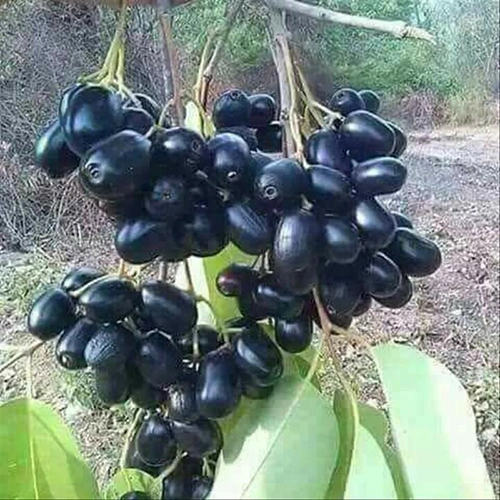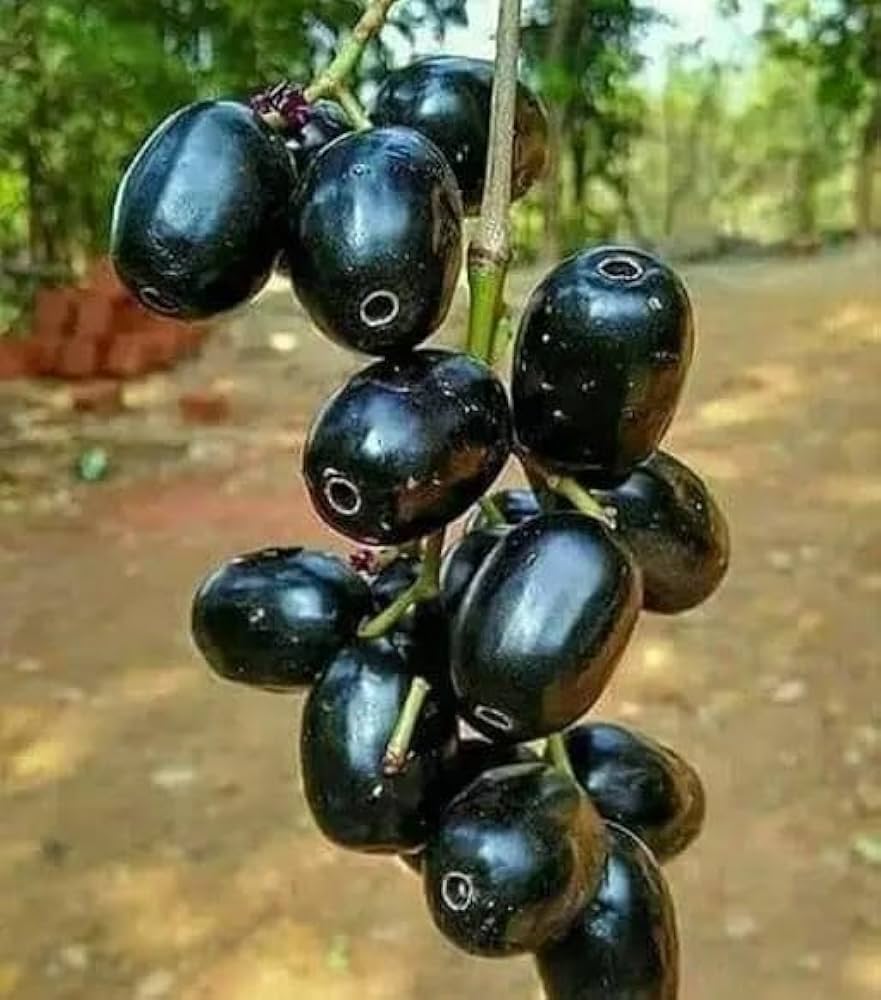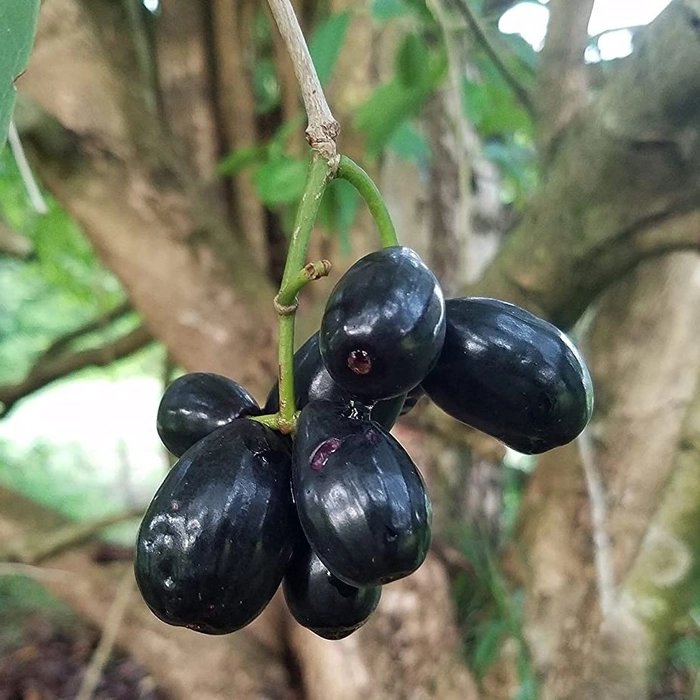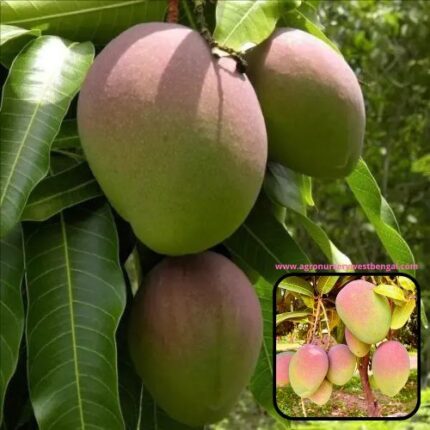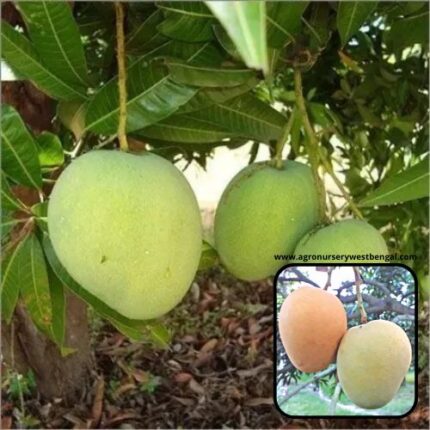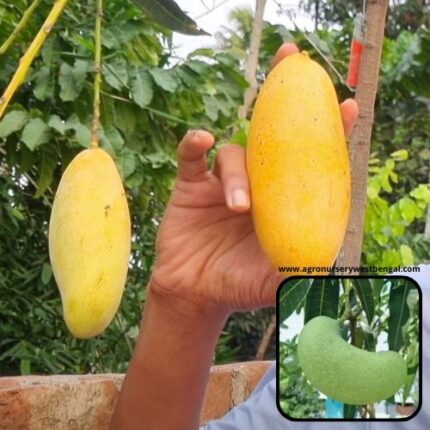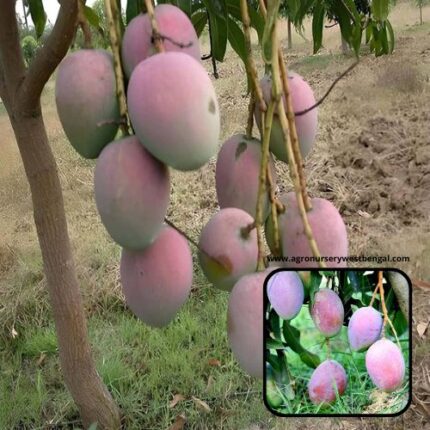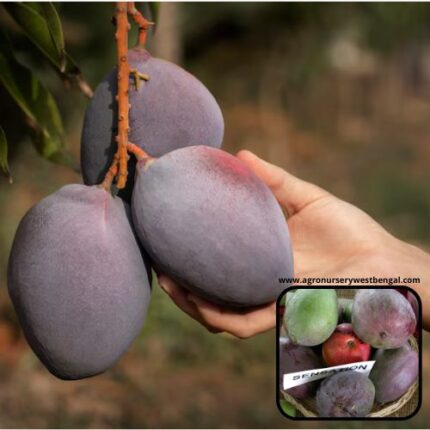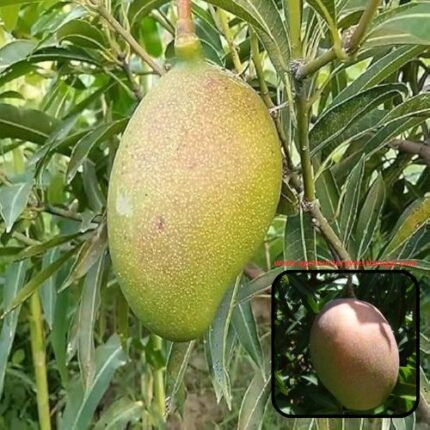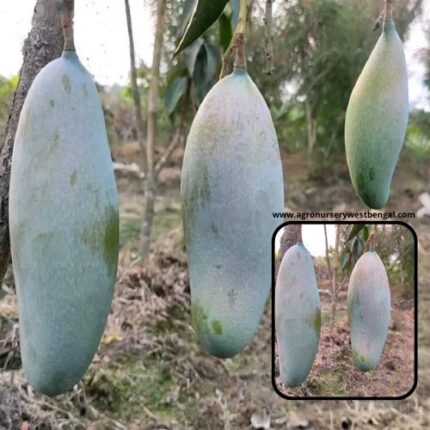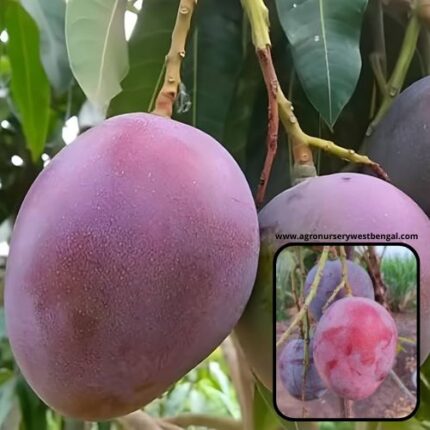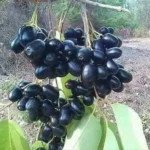
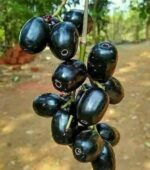
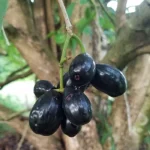
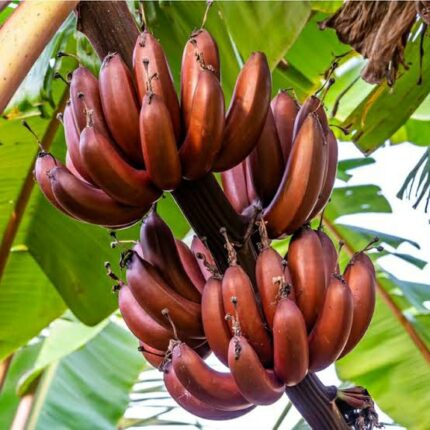
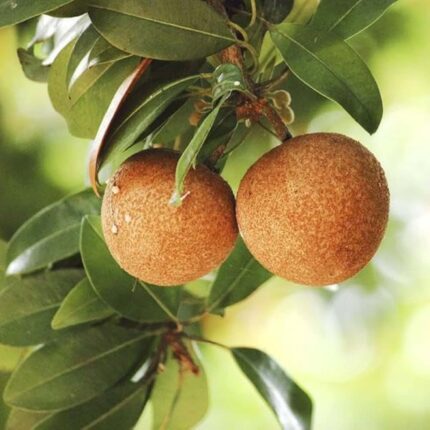
Black Jamun fruit plants
₹769.00 Original price was: ₹769.00.₹449.00Current price is: ₹449.00.
“Black Jamun,” also commonly known as Jambul, Java Plum, Indian Blackberry, or Malabar Plum, is a revered fruit in the Indian subcontinent and Southeast Asia. Its scientific name is Syzygium cumini. It’s highly valued not just for its unique taste but also for its significant medicinal properties, particularly in Ayurvedic and Unani medicine.
Here’s a detailed description of Black Jamun fruit:
1. The Plant (Tree):
- Appearance: The Black Jamun tree is a large, evergreen tropical tree, capable of growing up to 30 meters (100 feet) tall and living for over 100 years. It has a dense, spreading canopy, making it an excellent shade tree.
- Bark: The bark is rough and dark gray at the base, becoming smoother and lighter higher up the trunk.
- Leaves: Its leaves are oblong, glossy, and dark green, with a yellowish midrib. They are aromatic when crushed.
- Flowers: The tree produces small, fragrant, white to yellowish flowers in clusters from March to April.
2. The Fruit:
- Appearance:
- Shape: The fruit is typically oblong or ovoid, resembling a large berry.
- Size: Varies, usually ranging from 1 to 5 centimeters in length, depending on the variety (some cultivated varieties are larger).
- Color Progression: Unripe Jamun fruits are green. As they mature, their color beautifully transforms from pink to shining crimson red, and finally to a deep, glossy dark purple or almost black when fully ripe. This dark color is characteristic and gives it the “Black Jamun” name.
- Skin: The skin is thin, smooth, glossy, and edible.
- Flesh (Pulp): Underneath the dark skin, the flesh is juicy and ranges in color from purple-pink to light purple or even white in some varieties (though white varieties are distinctively called “White Jamun”). It is succulent and tender.
- Seeds: Typically contains a single, relatively large, hard, rough seed, which is inedible and should be discarded.
- Taste and Flavor Profile:
- Black Jamun has a distinct and complex flavor profile that is a combination of sweet, mildly sour, and astringent.
- The sweetness is present, but it’s balanced by a tangy and slightly puckering (astringent) quality, especially if eaten when not fully ripe. This astringency is a signature characteristic of the fruit.
- It has a unique, slightly musky or wine-like aroma.
- Juice: The juice of black Jamun is deeply colored and will famously stain the lips, tongue, and fingers purple for a short period after consumption.
3. Ripeness:
- A fully ripe Black Jamun will be a deep purplish-black color and should feel slightly soft when gently squeezed. It easily detaches from the branch.
4. Season:
- The fruits typically develop and are harvested during the late spring to summer months, usually from May to July in India.
5. Culinary Uses:
- Fresh Eating: The most common way to consume Black Jamun is fresh, directly eaten after sprinkling with a little black salt to balance its sweet-sour-astringent taste.
- Juices and Beverages: Its abundant juice is popular for making refreshing drinks, sherbets, and mocktails.
- Preserves: Used to make jams, jellies, sauces, and chutneys.
- Vinegar: Jamun vinegar (Jamun Sirka) is also a popular product, particularly for its traditional medicinal uses.
- Desserts: Can be incorporated into ice creams, sorbets, and other desserts.
6. Nutritional Value and Health Benefits: Black Jamun is highly regarded for its nutritional richness and medicinal properties:
- Rich in Antioxidants: Packed with anthocyanins (which give it its dark color), flavonoids, polyphenols, and other antioxidants that combat oxidative stress and protect cells.
- Excellent Source of Vitamin C: Boosts the immune system and has anti-inflammatory properties.
- High in Dietary Fiber: Crucial for digestive health, aiding in bowel regularity, and preventing constipation.
- Good Source of Minerals: Contains iron (beneficial for hemoglobin production and preventing anemia), calcium, phosphorus, magnesium, and potassium (important for blood pressure regulation).
- Blood Sugar Management: This is perhaps its most famous health benefit. Jamun is widely consumed and used in traditional medicine to help manage blood sugar levels in individuals with diabetes. Compounds in Jamun fruit and seeds are believed to have hypoglycemic effects.
- Digestive Aid: Used to treat various digestive issues like diarrhea, dysentery, and flatulence due to its astringent and carminative properties.
- Heart Health: Potassium and antioxidant content contribute to cardiovascular well-being.
- Blood Purifier: Traditional belief suggests it helps purify the blood.
In summary, Black Jamun is a fascinating tropical fruit, prized for its striking deep purple to black color, unique sweet-sour-astringent taste, juicy texture, and extensive range of health benefits, especially its reputed role in blood sugar management

